Who is Sean Kane?
Sean Kane is a respected storyteller, wilderness guide, and author whose work explores the profound connections between myth, ritual, wilderness, and the human experience. Through his books, workshops, and expeditions, Kane has illuminated the transformative power of nature and the importance of mythic narratives in shaping our understanding of ourselves and the world around us.
Born in Toronto, Canada, Kane grew up immersed in the rich oral traditions of his Irish and Scottish ancestors. As a young man, he was drawn to the wilderness and spent many years living close to the land, studying indigenous cultures and learning the art of storytelling. These early experiences laid the foundation for his later work as a guide, teacher, and writer.
Kane’s first major book, Wisdom of the Mythtellers (1994), established him as a leading voice in the field of myth studies and oral tradition. In this work, he explores the role of storytelling in transmitting cultural knowledge, values, and wisdom across generations. Drawing on examples from indigenous cultures around the world, Kane argues that myths are not merely entertaining tales but profound vehicles for understanding the human condition and our place in the cosmos.
For Kane, the power of myth lies in its ability to connect us to something larger than ourselves – to the archetypal realm of the collective unconscious, the cycles of nature, and the great web of life. He suggests that in a world increasingly disconnected from these deeper realities, the recovery of mythic consciousness is essential for both personal and planetary healing.
This theme is further developed in Kane’s later work, particularly in his book The Healing Power of Nature (2019). Here, he draws on his decades of experience as a wilderness guide to explore the transformative effects of immersion in the natural world. Kane argues that by reconnecting with the rhythms of the Earth and the wisdom of wild places, we can tap into a profound source of healing, renewal, and self-discovery.
Central to Kane’s approach is the idea of the “wilderness within” – the untamed, intuitive, and creative aspects of the psyche that are often repressed by the demands of modern life. By learning to access and integrate these dimensions through practices like vision quests, council circles, and solo retreats, Kane suggests that we can cultivate a greater sense of wholeness, purpose, and belonging.
Throughout his work, Kane emphasizes the importance of direct, embodied experience as a way of knowing. Rather than simply studying myths and nature intellectually, he invites us to enter into a living relationship with them – to listen deeply to their teachings, to open ourselves to their mysteries, and to allow ourselves to be transformed by their power.
In this sense, Kane’s work can be seen as part of a larger movement towards experiential, earth-based spirituality that has emerged in recent decades. Like other pioneers in this field, such as Joanna Macy and Bill Plotkin, Kane seeks to revitalize ancient practices and ways of knowing for a contemporary audience, adapting them to the unique challenges and opportunities of our time.
At the same time, Kane is careful to acknowledge the cultural context and lineages of the traditions he draws upon. As a non-indigenous practitioner working with indigenous wisdom, he emphasizes the importance of cultural humility, respectful exchange, and a commitment to honoring the sovereignty and self-determination of native peoples.
One of the key contributions of Kane’s work is his articulation of the role of ritual in creating meaningful passages and transitions in our lives. In Wisdom of the Mythtellers and other writings, he explores how traditional societies used rites of initiation, seasonal celebrations, and other ceremonial forms to mark the great thresholds of human existence – birth, coming of age, marriage, elderhood, and death.
Kane suggests that in the absence of such rituals, modern individuals often struggle to navigate these transitions with a sense of depth, purpose, and community support. By recovering and reinventing rituals for our time, he argues, we can create a greater sense of coherence, meaning, and connection in our personal and collective lives.
This theme is particularly relevant in the context of the ecological and social crises of our time. For Kane, the breakdown of traditional forms of meaning and belonging is intimately connected to the destruction of the natural world and the unraveling of the web of life. By reconnecting with the wisdom of the Earth and the power of myth and ritual, he suggests, we can begin to heal these wounds and create a more sustainable, resilient, and life-affirming culture.
Throughout his career, Kane has been a tireless advocate for the transformative power of storytelling, wilderness experience, and earth-based spirituality. Through his books, workshops, and public speaking, he has inspired countless individuals to reconnect with the deeper dimensions of their being and to take up the work of cultural and ecological regeneration.
At the same time, Kane’s work has not been without its critics. Some have questioned the appropriateness of non-indigenous people working with indigenous wisdom traditions, arguing that this can perpetuate dynamics of cultural appropriation and exploitation. Others have suggested that Kane’s emphasis on personal transformation and wilderness experience may not adequately address the systemic roots of our ecological and social crises.
Despite these critiques, Kane’s contributions to the fields of myth studies, ecopsychology, and experiential education have been significant and enduring. His vision of a world re-enchanted by story, ritual, and wilderness continues to inspire new generations of seekers and change-makers.
As we grapple with the profound challenges of our time, Kane’s call to reconnect with the wisdom of the Earth and the power of myth feels more urgent than ever. By learning to listen deeply to the stories that have shaped us, to honor the great cycles of life and death, and to embody our unique gifts in service to the larger web of being, we may yet find our way to a more beautiful, just, and regenerative future. In this work, the insights and provocations of Sean Kane will continue to light the way.
Sean Kane Bibliography:
- Wisdom of the Mythtellers (1994) – This book explores the role of storytelling in transmitting cultural wisdom and the power of myth to illuminate the human condition.
- The Wildness Within: Remembering David Abram (2013) – Kane contributed an essay to this anthology honoring the work of philosopher and ecologist David Abram.
- The Healing Power of Nature (2019) – In this book, Kane draws on his experience as a wilderness guide to explore the transformative effects of immersion in the natural world.
- “Mythtelling: The Art and Craft of Storytelling” (1995) – An article published in the journal Parabola exploring the practice and significance of storytelling.
- “The Wilderness Within: Wilderness Experience and Ecopsychology” (2010) – An essay published in the anthology Ecopsychology: Science, Totems, and the Technological Species.
- “Carrying the Fire: The Art of Facilitation” (2018) – An article published in the journal Cirque: A Literary Journal for the North Pacific Rim exploring the role of the facilitator in experiential learning.
- “The Circle and the Cross: Celtic Christianity and the Recovery of Nature-Based Spirituality” (2009) – An essay published in the anthology Christianity and Ecology: Seeking the Well-Being of Earth and Humans.
- “The Art of the Storyteller” (1993) – An early article published in Parabola magazine exploring the craft of storytelling.
Sean Kane Life Timeline:
1950s/60s: Born and raised in Toronto, Canada, of Irish and Scottish descent
1970s: Studied literature and mythology at the University of Toronto
1980s: Lived close to the land in rural Ontario, studying indigenous cultures and learning the art of storytelling
1990s: Published his first major book, Wisdom of the Mythtellers (1994), and began leading workshops and retreats on storytelling and mythology
2000s: Continued to write, teach, and guide wilderness expeditions, deepening his exploration of the connections between myth, nature, and the human psyche
2010s: Published The Healing Power of Nature (2019) and several influential essays on ecopsychology and earth-based spirituality
2020s: Continues to be active as a writer, teacher, and wilderness guide, advocating for the importance of myth, ritual, and nature in the modern world
References:
Kane, S. (1994). Wisdom of the Mythtellers.
Broadview Press. Kane, S. (2019).
The Healing Power of Nature. Findhorn Press. Kearney, R. (1998).
Poetics of Imagining: Modern to Post-modern. Fordham University Press. Roszak, T., Gomes, M. E., & Kanner, A. D. (Eds.). (1995).
Ecopsychology: Restoring the earth, healing the mind. Sierra Club Books. Chalquist, C., & Rankin, S. (Eds.). (2010).
Ecopsychology: Science, totems, and the technological species. MIT Press. Hessel, D. T., & Ruether, R. R. (Eds.). (2000).
Christianity and ecology: Seeking the well-being of earth and humans. Center for the Study of World Religions, Harvard Divinity School.
Read More Depth Psychology Articles:
Taproot Therapy Collective Podcast
Jungian Topics
How Psychotherapy Lost its Way
Therapy, Mysticism and Spirituality?
What Can the Origins of Religion Teach us about Psychology
The Major Influences from Philosophy and Religions on Carl Jung
How to Understand Carl Jung
How to Use Jungian Psychology for Screenwriting and Writing Fiction
How the Shadow Shows up in Dreams
Using Jungian Thought to Combat Addiction
Jungian Exercises from Greek Myth
Jungian Shadow Work Meditation
Free Shadow Work Group Exercise
Post Post-Moderninsm and Post Secular Sacred


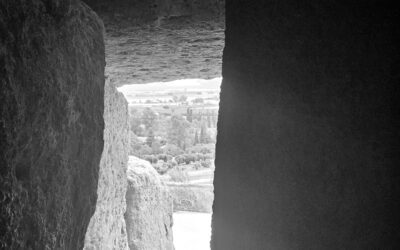
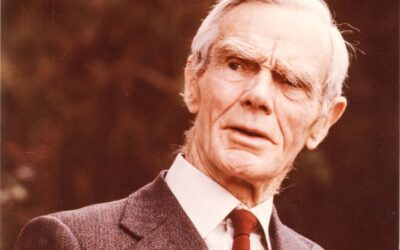

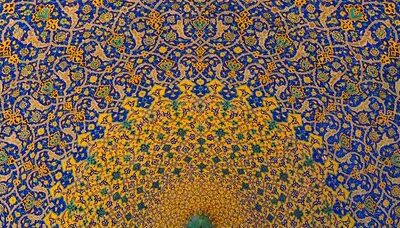
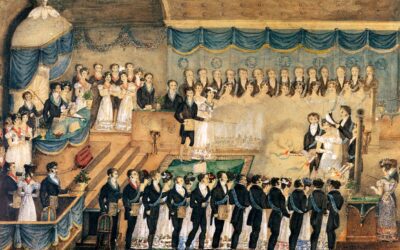
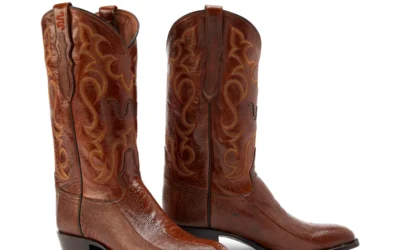
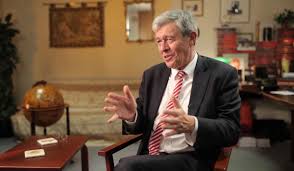
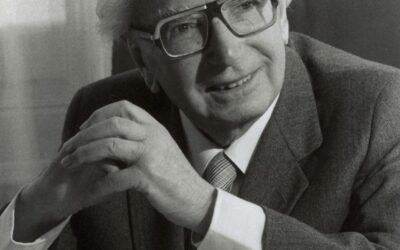
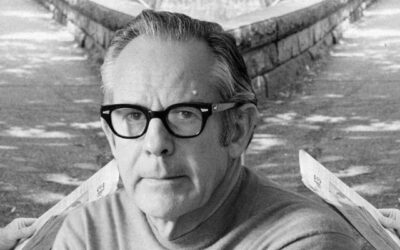
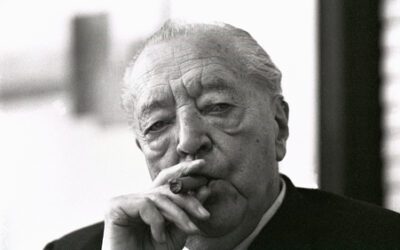
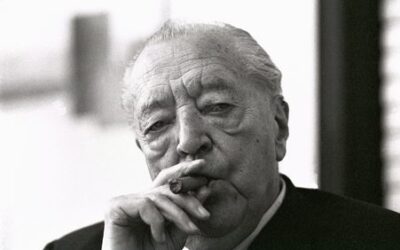
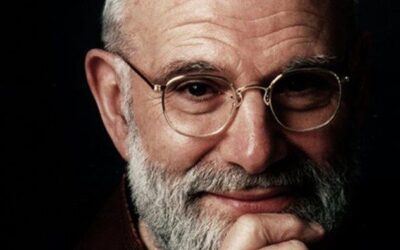


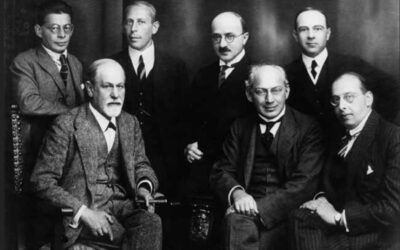
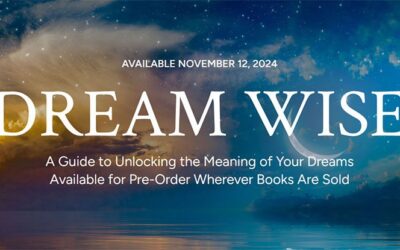
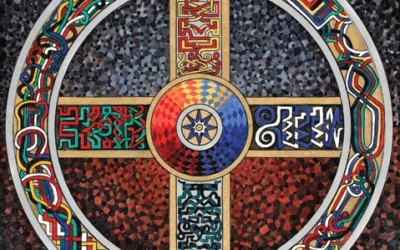
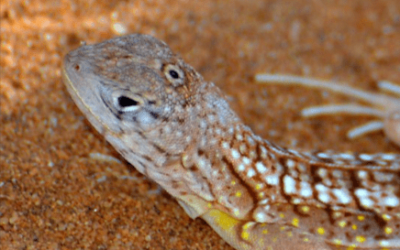
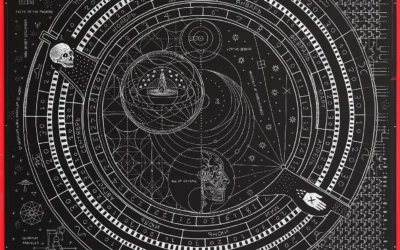
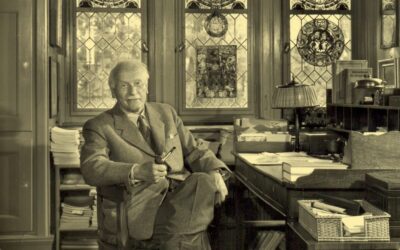
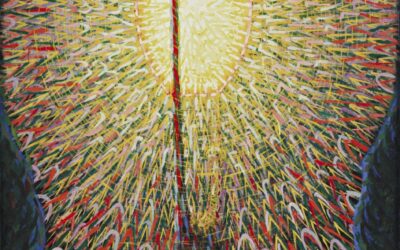
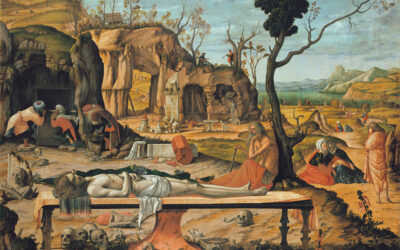
0 Comments